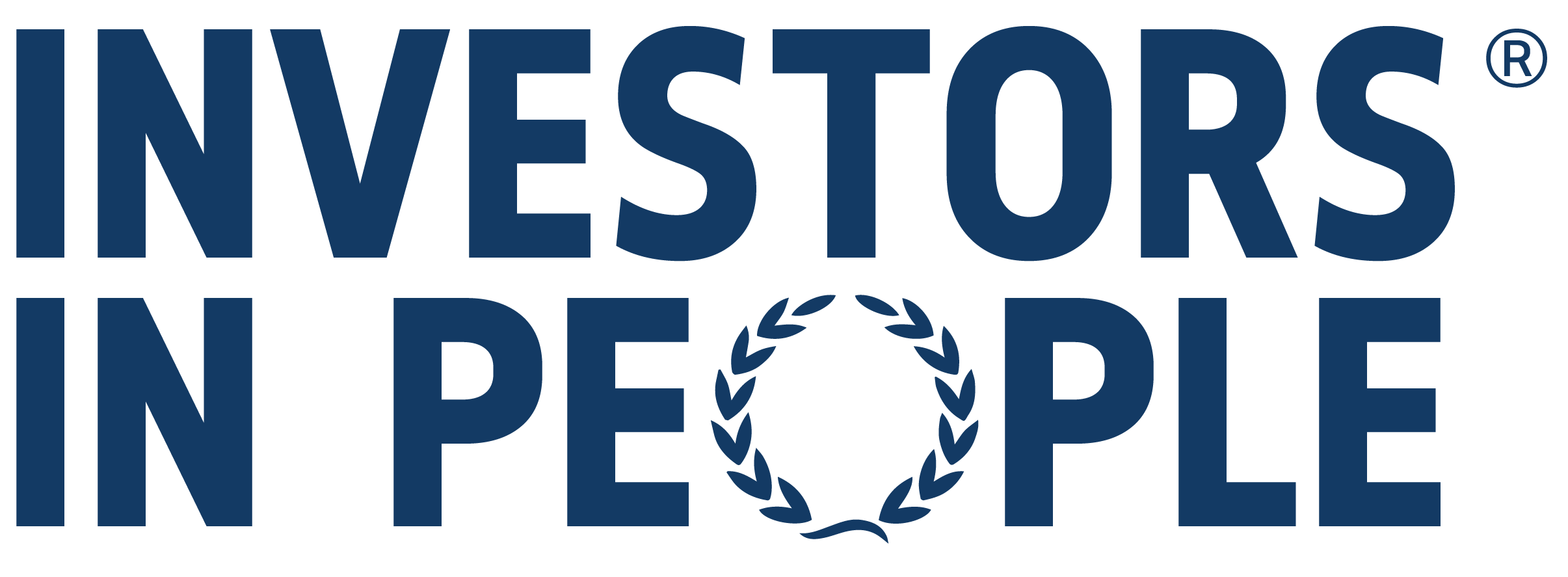People are now living longer and stronger than ever before – and they’re working longer and stronger, too. With over one million UK employees over the age of 65, and a quarter of Britons now expecting to work into their 70s, how can organisations make the best use of their senior talent and ease their transition into retirement at the same time? Retirement has become an increasingly subjective issue, varying from person to person and organisation to organisation. Many older people, who enjoy what they do and feel a deep sense of commitment to their companies. They don’t want to stop working – they just want a bit more leisure time in the mix. Read the tips below for successful succession planning…
Sensible open conversations are key
This social and cultural shift can be really beneficial to both the individuals and their organisations, who stand to benefit from their talents and expertise for longer. But because retirement is no longer a clear-cut, black-and-white issue, the flip side is that many organisations aren’t properly planning for retirement and succession. Companies are either, brushing it under the carpet until it’s too late or making assumptions that can cause stress, frustration or worse for both parties.
Whether you’re a small family business or a national corporation, a business owner or an HR manager, effective retirement and succession planning is vital for your organisation’s continuing success and your people’s health and happiness.
As an Investors in People Practitioner, I’m working with a number of organisations currently addressing these issues. I’m also someone in his 70s enjoying both a fulfilling professional life and a phased retirement. So I’ve drawn on these experiences to pull together this list of key considerations to take on board when managing your senior talent and thinking about succession planning.
1. Start early
One of the most common problems is people not giving succession planning the time it deserves early enough. Unless forced to discuss it by an employee approaching retirement, many managers bury their heads in the sand. Essentially, missing the opportunity to plan for a smooth transition well enough in advance. This can lead to intense pressure later on. Start thinking about it as early as possible. Typically, 10 years ahead of an expected retirement point within your sector or the job role.
2. Be honest
Sometimes the hardest thing is starting the conversation about what people really want to do. Are they looking to leave as soon as possible, whether it’s to sail around the world or spend more time with their family? Or would they like to carry on working as long as possible? If it’s the latter, what are the possibilities and options? What would they be willing to do? And what’s manageable from the business perspective?
Whatever you do, don’t make assumptions. The lack of a clear plan can lead to unease on both sides, with senior workers feeling a sense that there’s no future for them, or younger workers waiting for them to move on so they can get stuck in. Those in more physical roles may be looking forward to retiring at 65 – but equally, if they’ve worked somewhere for a long time, it can feel like a family they don’t want to be cut off from, so keeping a limited involvement might be more attractive. It’s not about bullying people to stay on if they don’t want to – but neither is it about kicking them out before they’re ready. Sensible, open conversations are key.
3. Harness your senior workers’ expertise
Think about how senior workers can pass on their skills and expertise, so it doesn’t leave your organisation when they do. If you’re considering a business leader or senior manager’s succession, could they work alongside their successor for 6-12 months, then continue part-time in a mentor-style capacity to support key decisions as and when required? Be sure to allow enough time for them to pass on their contacts, business and client insight, processes, tips and to help smooth over any issues while they’re still around. Could older workers at any level of the business help with inducting and training new staff? Whether the focus is on using equipment or customer service, their experience and insight can be invaluable – so don’t waste it.
4. Develop your deputies
Don’t assume succession is a simple matter of a deputy stepping up to a leadership position when a leader retires. Deputies can sometimes be more used to working in the wake of their leader, and haven’t had enough opportunity to be challenged in the leadership role before actually stepping up to the position permanently. So invest in their learning, development and leadership training before that leader retires, and give them the opportunity to make key decisions, coached by their leader if necessary.
One school I worked with encountered serious problems when the deputy head took over after the headteacher retired – so much so that the former head actually came back from retirement and took back responsibility to initiate a tough recovery programme. This must only ever be a last resort, and in many cases would not be possible anyway – but it underlines the importance of investing time and money upfront to ensure a smooth succession and avoid unnecessary stress all round.
5. Find an effective way for generations to learn from each other
From younger workers training older colleagues in using technology and social media, to innovative approaches like reverse mentoring, there are plenty of ways older workers can develop further to sharpen their talents and keep their skills fresh.
Senior workers need the humility to accept that younger, less experienced colleagues may be able to see a faster, better way of doing something. It’s not just about technology – from ideas generation to new approaches for customer service, older workers should embrace the fact that you’re never too old to learn. Be prepared to experiment; try new approaches and then evaluate how they worked, so both sides can learn from the experience. It’ll promote positive communication and collaboration.
6. Explore all options
Keep an open mind about how succession could work; it’s not always a case of appointing an individual successor and planning a smooth transition. One Investors in People accredited business I work with (with around 50 employees) is tackling the issue of its managing director retiring by divisionalising. It’s setting up three divisions, each led by an experienced senior manager from within the business, while the current managing director becomes group chief executive and chairman, working part-time.
My colleague and fellow Investors in People Practitioner, Lance Cross, is working with a 10-person specialist consultancy firm that will be transforming from an LLP into an employee-owned business in April 2015, as part of the succession strategy for its founding partner’s phased retirement. Discuss your situation with as many people as possible to see if you’ve thought about all the options that might be open to you.
7. Accept that keeping it in the family might not be easy
I work with a number of family businesses and while a straight generational handover can represent the ideal succession, it’s rarely that simple. One managing director I’m working with is in his mid 50s and starting to think about retirement – but his two children are still at school. Even if he works into his 70s, they may not have the experience and business aptitude to take over; especially considering it’s a large organisation with a considerable global market share.
Their current plan is to recruit a general manager to take over for an agreed period, with the opportunity for the children to step up when they’re ready – and if they want to. That’s the other issue – business owners need to understand that their children may have other interests and ambitions. Once again, honest conversations as early as possible are absolutely vital.
8. Learn to let go
One of the biggest challenges with succession planning is the difficulty many people have in letting go – especially if they’ve started the business themselves and see it as their ‘baby’. If someone has been in a role for a long time, it’s easy to feel that there are lots of tasks only they can do. Using an external consultant or working with your Investors in People Practitioner to objectively approach issues around delegating and working alongside the successor can be extremely valuable. Emotions can run high, clouding judgment and making it harder to focus on coaching and passing on knowledge – so an objective third party can help keep these feelings out of the planning process.
9. Give it the time it deserves
Planning an effective succession strategy can be difficult to balance with more immediate business needs. But that’s no reason to put it off. Little and often is the key – allow time for regular conversations (followed up with simple actions), sharing contacts, techniques for winning new business and so on. This will be much easier to manage than doing nothing and consequently getting to a point where it’s urgent and takes over everything.
10. Be flexible
Your succession plan doesn’t have to be carved in stone; it’s an evolving conversation, not a binding contract. Update it regularly as circumstances change. Both the business and the individual will need the flex to adapt to the unexpected – but doing this within a clear strategy is always more effective.
Dr. John Ramsden is a Practitioner with Investors in People South of England. He specialises in education and in people development.
- 75+ articles for you to read.
- UK workplace reports on:
- Mental Health & Stress at work.
- Gender Discrimination & A.I.
- Video interviews with experts.
- FREE use of Jumpstart platform








